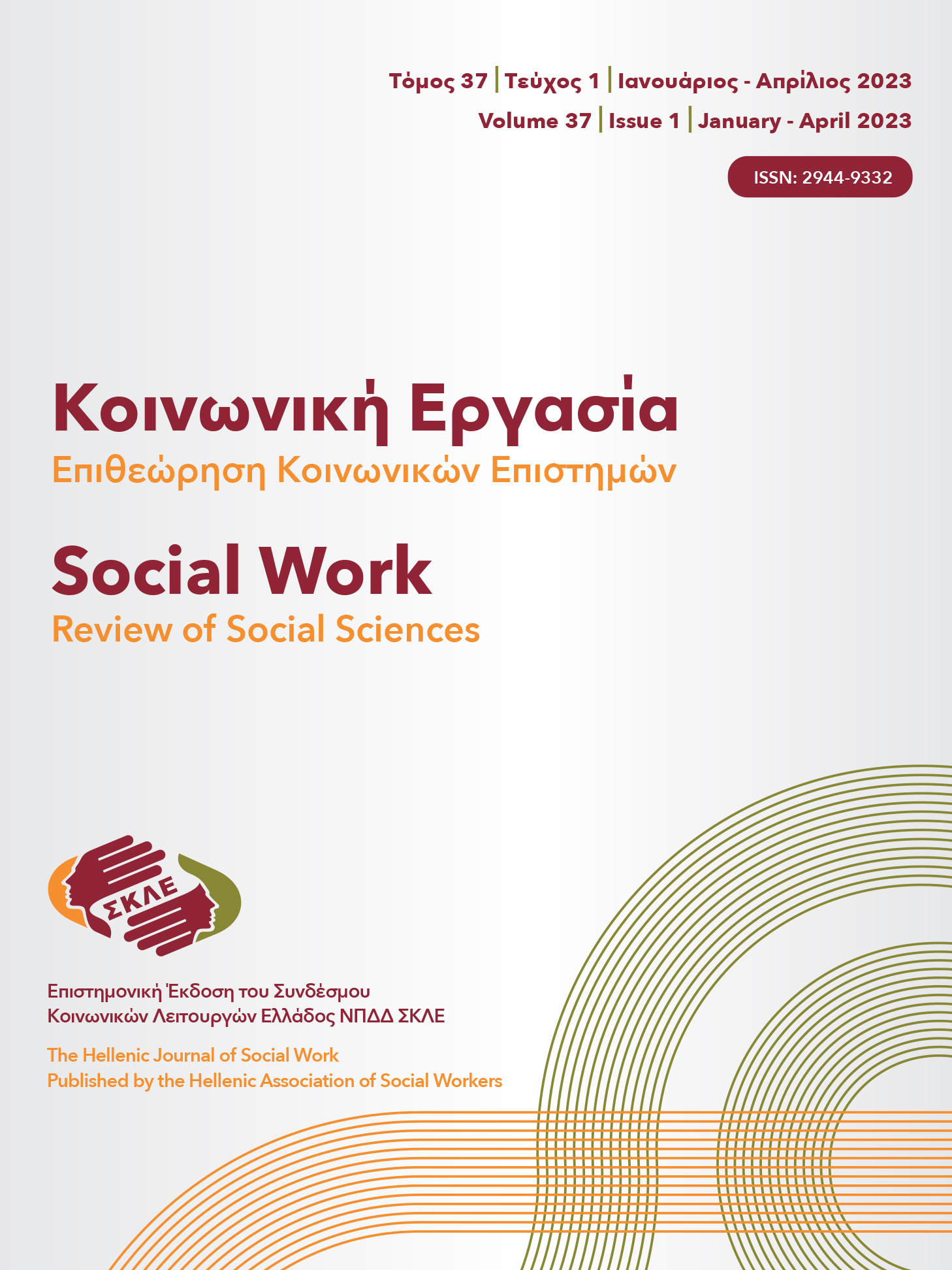Νέοι που βρίσκονται εκτός Εκπαίδευσης, Απασχόλησης και Κατάρτισης (NEETs): Όψεις και διαστάσεις μιας σύγχρονης μορφής ευπαθούς κοινωνικής ομάδας

Περίληψη
Ο όρος NEETs (youth Not in Education, Employment or Training) αναφέρεται στις νέες και τους νέους, ηλικίας 15 έως 29 ετών, που βρίσκονται εκτός εκπαίδευσης, απασχόλησης και κατάρτισης. Ως φαινόμενο εντοπίζεται παγκοσμίως, με τα ποσοστά στη χώρα μας να καταγράφονται διαχρονικά ως τα υψηλότερα σε επίπεδο Ευρωπαϊκής Ένωσης. Τα αίτια, εξαιτίας των οποίων κάποιος νέος μπορεί να υπαχθεί σε αυτή την κατηγορία, είναι πολυπαραγοντικά. Σε αυτό το άρθρο παρουσιάζεται η εξέλιξη καθιέρωσης του όρου NEETs και αναπτύσσονται οι διαστάσεις αυτού του σύγχρονου κοινωνικού φαινομένου. Ακολούθως, εξετάζονται οι προκλήσεις των νεανικών μεταβατικών περιόδων καθώς και οι παράγοντες κινδύνου για τους νέους να καταστούν NEETs, ενώ μελετούνται ορισμένες από τις επιπτώσεις τόσο από τη μακροχρόνια οικονομική ύφεση όσο και από την εκδήλωση της πανδημίας του COVID-19. Τέλος, παρουσιάζονται οι προεκτάσεις αυτού του φαινομένου στη χώρα μας και οι αντίστοιχες ευρωπαϊκές πολιτικές για την αντιμετώπισή του.
Λεπτομέρειες άρθρου
- Πώς να δημιουργήσετε Αναφορές
-
Παππά Λ., & Καραλής Θ. (2023). Νέοι που βρίσκονται εκτός Εκπαίδευσης, Απασχόλησης και Κατάρτισης (NEETs): Όψεις και διαστάσεις μιας σύγχρονης μορφής ευπαθούς κοινωνικής ομάδας. Κοινωνική Εργασία. Επιθεώρηση Κοινωνικών Επιστημών, 37(1), 34–58. https://doi.org/10.12681/socialwork-rss.36257
- Τεύχος
- Τόμ. 37 Αρ. 1 (2023): 1/2023
- Ενότητα
- Άρθρο


